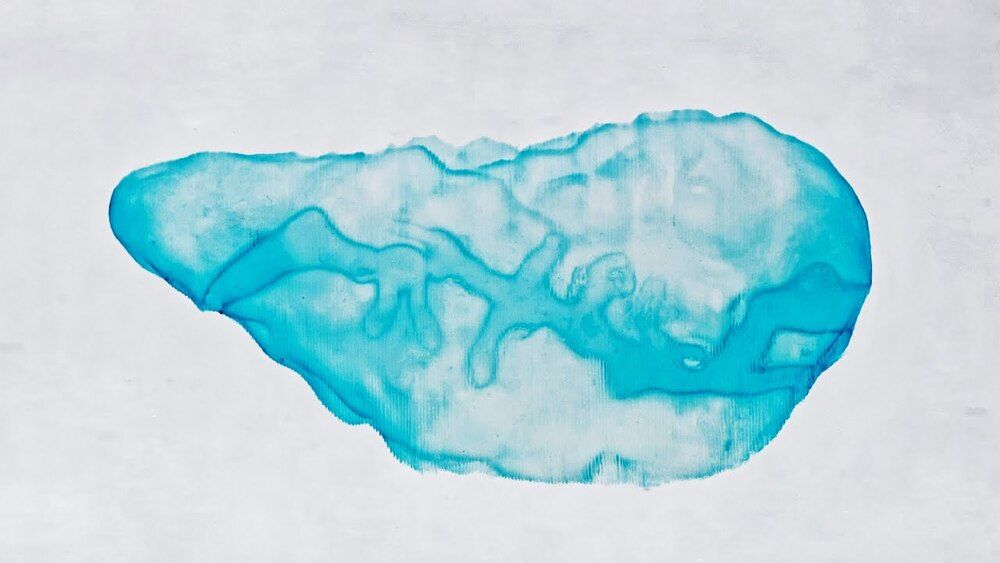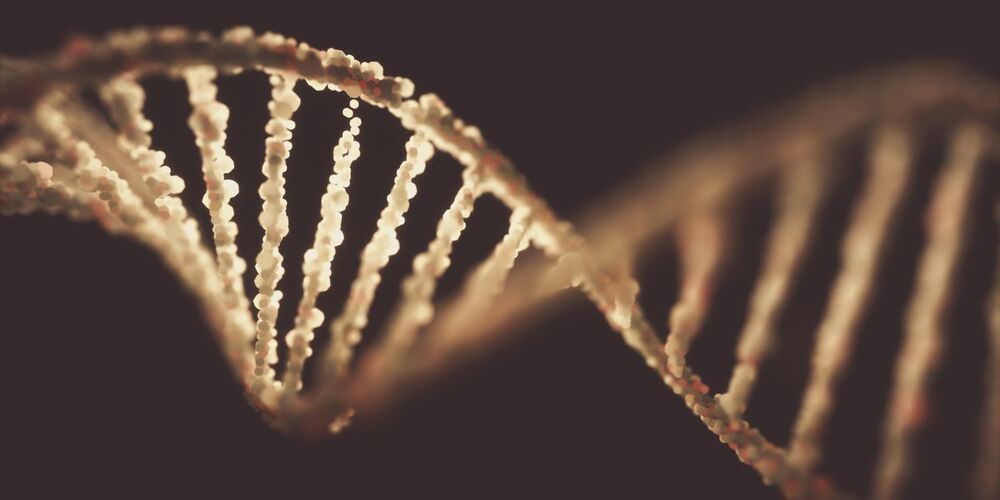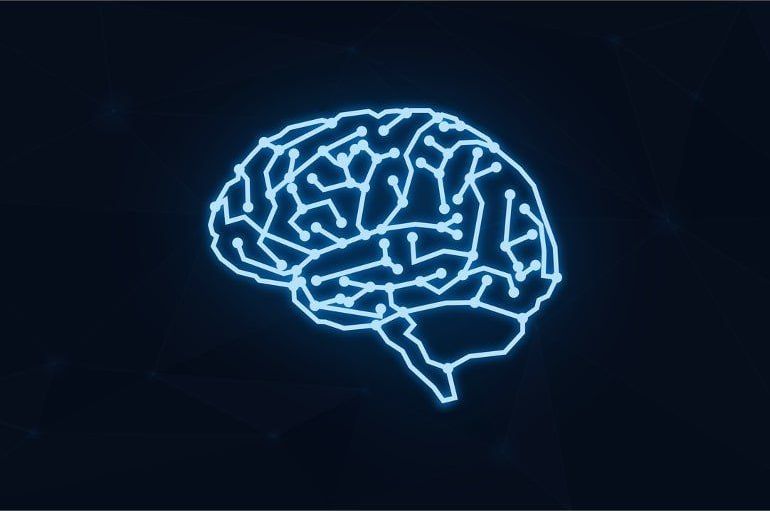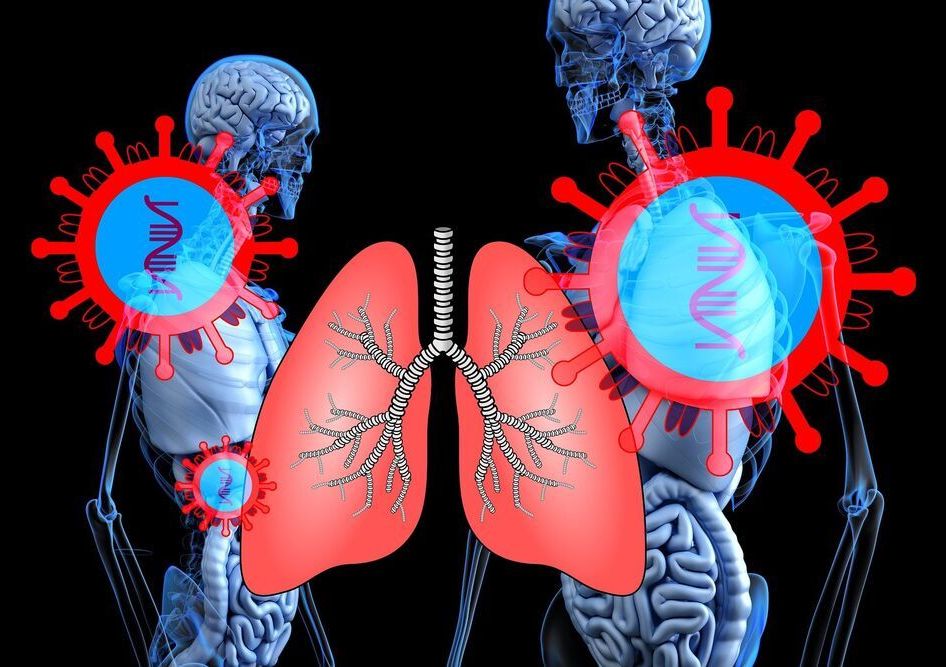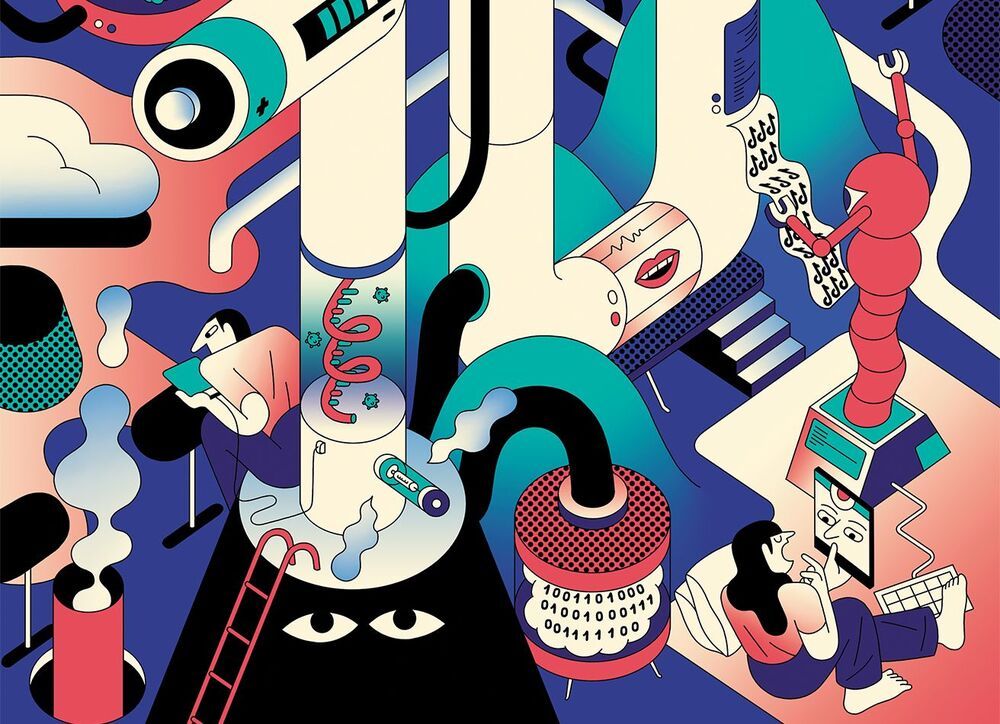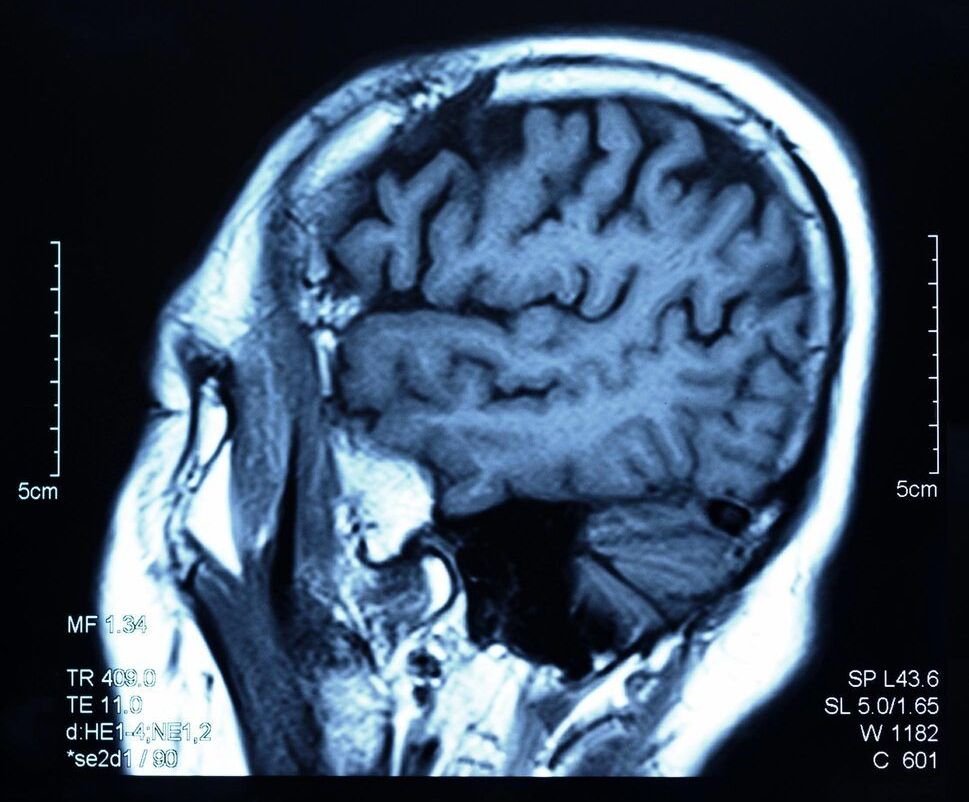With NASA’s historic solar-powered helicopter flight over the barren slopes of Mars’ Jezero Crater, Leonardo da Vinci and Igor Sikorsky also deserve credit along with the Wright brothers for enabling this astounding bit of off-world powered, controlled flight. Da Vinci made one of the earliest drawings of a rotor-driven aircraft and Sikorsky built the U.S.’ first commercially viable helicopter.
Even though Orville and Wilbur Wright get credit for making the first powered, controlled aircraft flight at Kitty Hawk, North Carolina in 1903, the vertical flight of helicopters is markedly different. Thus, the first test flight of NASA’s Ingenuity helicopter is all the more astounding in no small part because Mars’ atmosphere is only one percent that of Earth.
“While these two iconic moments in aviation history may be separated by time and 173 million miles of space, they now will forever be linked,” NASA Associate Administrator for Science Thomas Zurbuchen said in a statement. “As an homage to the two innovative bicycle makers from Dayton, this first of many airfields on other worlds will now be known as Wright Brothers Field, in recognition of the ingenuity and innovation that continue to propel exploration.”

